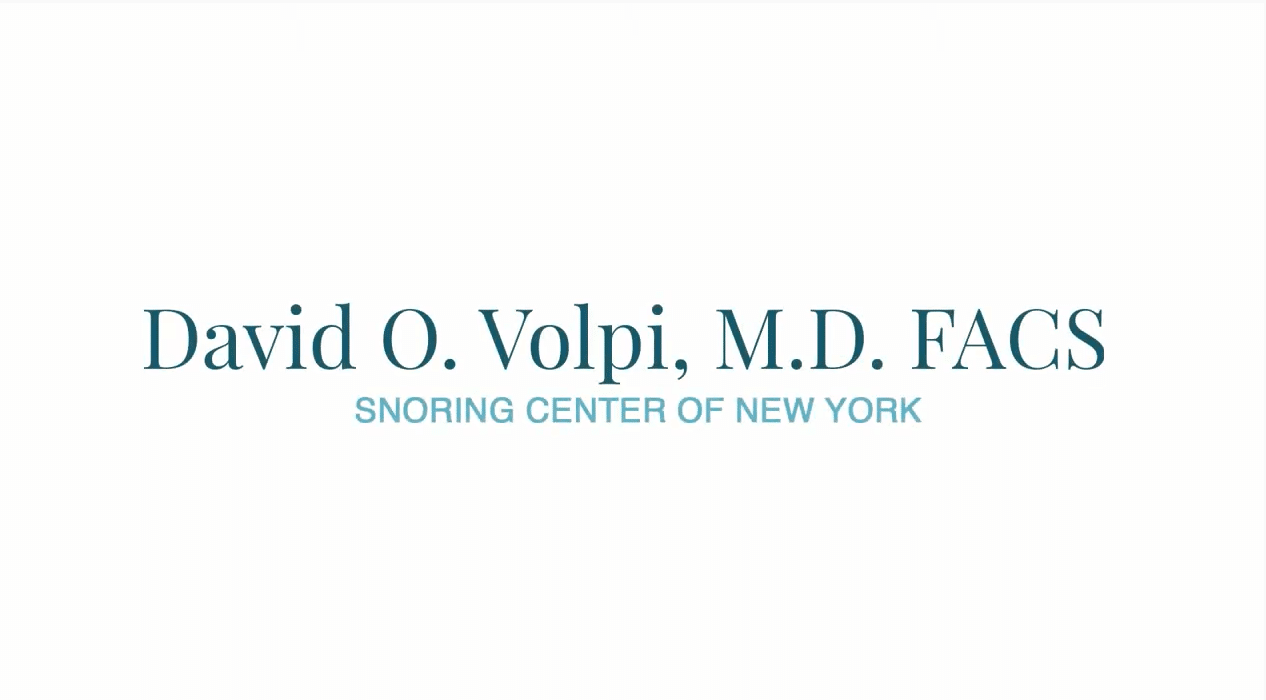
In some cases, however, nasal turbinates can stay enlarged and cause nasal obstructions that make mucus and pus build up, resulting in even more uncomfortable symptoms and in some cases, chronic sinus infections. If they stay enlarged, you may need to have turbinate reduction surgery in order to breathe freely.
In this blog, the ear, nose, and throat doctors at New York ENT explain what a turbinate reduction is and how it may help you.
Why do nasal turbinates become enlarged?
Each turbinate is covered by a lining of tissue that contains blood vessels. They can swell and shrink as a result of exposure to allergens, infections, or temperature changes. Normally, they’ll return to their regular size after the irritation passes.
In some cases, however, turbinates become chronically enlarged and block the normal flow of mucus. This can cause nasal congestion and sinusitis (sinus infections) that can develop into chronic sinusitis (a condition lasting for more than 12 weeks despite attempts to treat it). You may also snore or experience frequent nosebleeds.
In some cases, enlarged turbinates are linked to a deviated septum – a crooked or off-center wall of bone and cartilage that separates the two nostrils.
Your doctor may perform an in-office procedure called a nasal endoscopy to check your turbinates and look for evidence of any other obstructions.
How can the problem be treated?
In some cases, medication can be effective in reducing the size of turbinates. If the problem is caused by allergies, antihistamines may help. Immunotherapy – allergy shots or drops under the tongue – can also help build up your body’s resistance to an allergen.
Nasal steroid sprays may also help reduce inflamed turbinates.
If these more conservative treatments aren’t effective or cause unwanted side effects, a surgical turbinate reduction may be necessary.
What does turbinate reduction surgery involve?
The procedure is done in your doctor’s office, and you may be given general anesthesia to help minimize any discomfort.
During the surgery, your doctor will use a wand that emits radio frequency energy to shrink the tissue and gently remove part of the nasal turbinate. It’s a minimally invasive procedure that doesn’t require the removal of any bone and enables your doctor to precisely target the enlarged tissue while preserving nearby tissues. The procedure can usually be completed in under an hour, and you’ll have little to no downtime afterward.
For most patients, this quickly opens up the nasal passageways and results in a reduction or elimination of symptoms. In addition, it preserves the normal function of the turbinates, allowing them to properly cleanse and humidify air you breathe in before it reaches your lungs.
If you’re experiencing chronic sinusitis or symptoms such as congestion and snoring and want to find out more about your treatment options, make an appointment today with New York ENT. We’ll talk to you about your medical history and symptoms and examine you to determine the cause of your symptoms. We’ll then recommend the most conservative, minimally invasive treatments possible to help you breathe easier.



